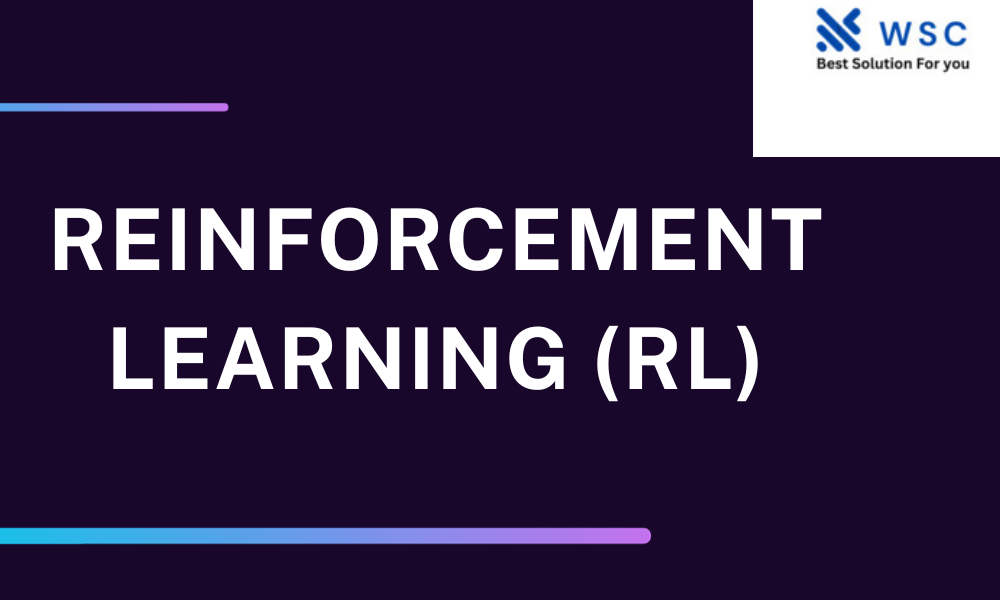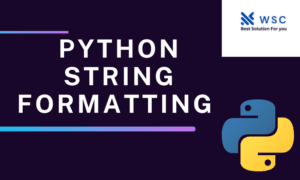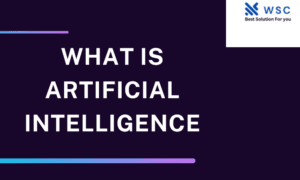In the ever-evolving landscape of artificial intelligence, one of the most captivating and promising areas is Reinforcement Learning (RL). It’s not just a buzzword but a transformative approach that has been reshaping the way machines learn and adapt to complex tasks. In this comprehensive guide, we, as experts in the field, will delve into the intricacies of RL, explaining its fundamentals, applications, and why it’s at the forefront of AI research.
Understanding Reinforcement Learning
Reinforcement Learning, often abbreviated as RL, is a subset of machine learning that centers around the concept of an agent learning to make decisions by interacting with an environment. Unlike supervised learning, where the model learns from labeled data, RL relies on trial and error. The agent explores its environment, takes actions, and receives feedback in the form of rewards or penalties, allowing it to learn optimal strategies.
Key Components of RL
To grasp the essence of RL, it’s crucial to understand its fundamental components:
1. Agent
The agent is the learner or decision-maker in the RL framework. It is responsible for taking actions based on its observations of the environment.
2. Environment
The environment represents the external system with which the agent interacts. It can be as simple as a chessboard or as complex as a self-driving car navigating city streets.
3. Actions
Actions are the decisions taken by the agent that affect the state of the environment. These actions are selected based on the agent’s policy, a strategy to maximize its expected rewards.
4. State
The state of the environment encapsulates all relevant information necessary for the agent to make decisions. It’s a critical component that guides the agent’s actions.
5. Rewards
Rewards serve as feedback to the agent, indicating the quality of its actions. Positive rewards reinforce good decisions, while negative rewards discourage poor choices.
Applications of Reinforcement Learning
Reinforcement Learning has found applications in a wide array of domains, revolutionizing various industries:
1. Autonomous Vehicles
RL has paved the way for self-driving cars, enabling them to navigate complex traffic scenarios and make split-second decisions.
2. Healthcare
In healthcare, RL aids in treatment optimization, drug discovery, and even the development of personalized treatment plans.
3. Gaming
The gaming industry has embraced RL to create lifelike, adaptive characters and NPCs, making gameplay more immersive and challenging.
4. Robotics
Robots equipped with RL algorithms can learn to manipulate objects, perform delicate surgeries, and even assist in disaster recovery.
5. Finance
In the financial sector, RL is used for portfolio optimization, algorithmic trading, and risk management.
Challenges and Future Directions
While RL has made remarkable strides, it’s not without its challenges. Some of the key obstacles include:
1. Exploration vs. Exploitation
Balancing exploration (trying new actions) and exploitation (choosing known, optimal actions) is a fundamental challenge in RL.
2. High-Dimensional Spaces
RL struggles when dealing with environments featuring a vast number of states or actions.
3. Sample Efficiency
Improving the efficiency of RL algorithms to require fewer interactions with the environment is an ongoing area of research.
4. Safety and Ethics
As RL systems become more powerful, ensuring their safety and ethical use is of paramount importance.
import gym
# Create the CartPole environment
env = gym.make('CartPole-v1')
# Initialize Q-table (you can use a neural network for more complex problems)
Q = {}
# Hyperparameters
learning_rate = 0.1
discount_factor = 0.99
epsilon = 0.2
total_episodes = 1000
for episode in range(total_episodes):
state = env.reset()
done = False
while not done:
# Choose an action using epsilon-greedy policy
if state not in Q:
Q[state] = [0, 0]
if random.uniform(0, 1) < epsilon:
action = env.action_space.sample() # Explore
else:
action = max(Q[state], key=Q[state].get) # Exploit
next_state, reward, done, _ = env.step(action)
# Update Q-value using Q-learning equation
if next_state not in Q:
Q[next_state] = [0, 0]
Q[state][action] += learning_rate * (reward + discount_factor * max(Q[next_state]) - Q[state][action])
state = next_state
# Now you can use the learned Q-table for decision making in the CartPole environment
Conclusion
In conclusion, Reinforcement Learning stands as a pillar of modern artificial intelligence, with applications that span across industries and domains. Understanding the core concepts of RL, its components, and its challenges is essential for anyone looking to navigate the dynamic world of AI.
Check our tools website Word count
Check our tools website check More tutorial




